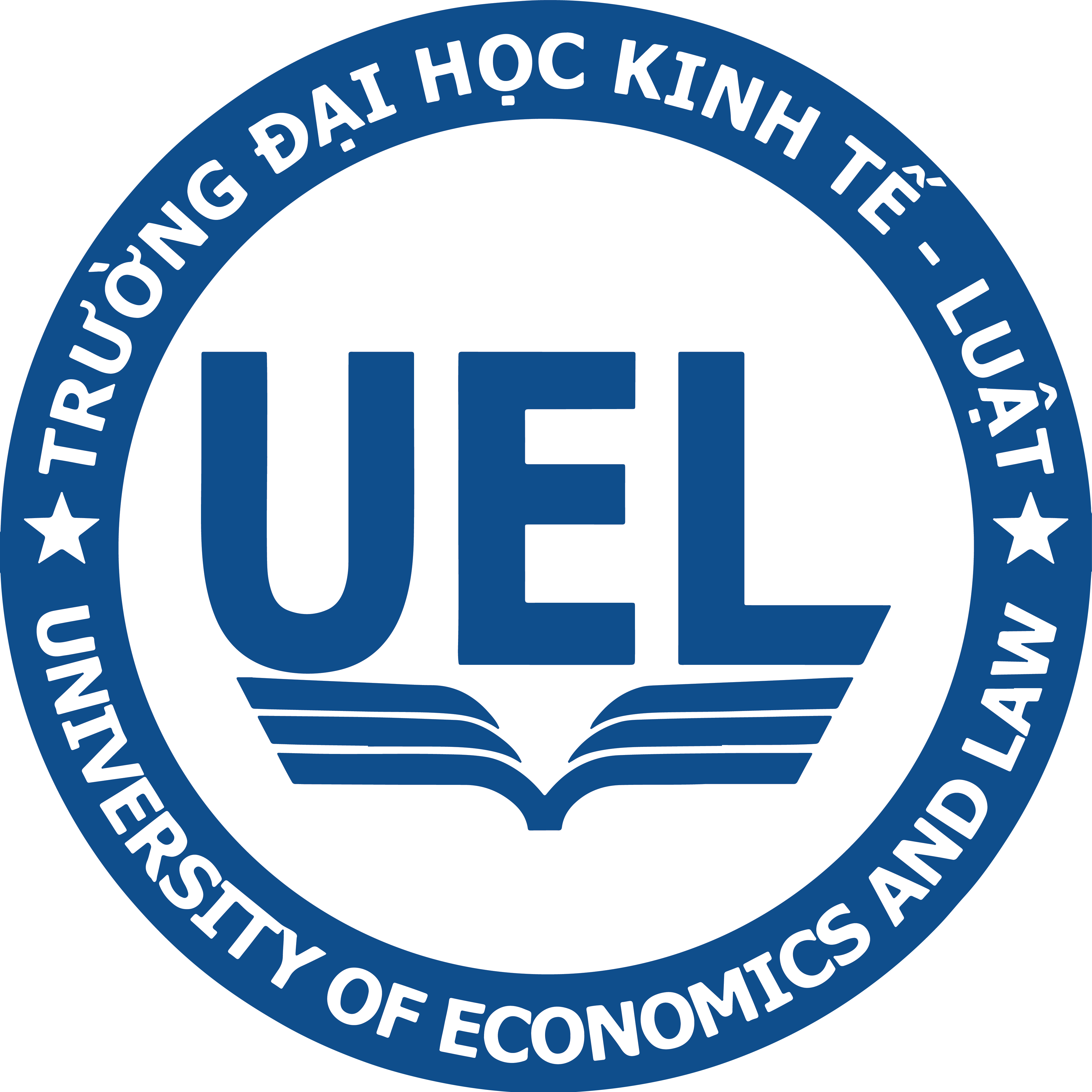Downloads
Abstract
Capital structure is one of the topics in which business managers as well as academics are always interested, because it has many important implications. This problem in developing countries is even more relevant due to the low level of financial development in these countries, leading to uncertain access to external capital by firms. This paper focuses on the impact of stock market development on capital structure in five developing countries in ASEAN, namely Indonesia, Malaysia, Philippines, Thailand and Vietnam, for the period 2010 - 2018. Stock market development is measured in four different ways: Stock market capitalization to GDP (MACAP), total value of shares traded to GDP (LIQ1), total value of shares traded to stock market capitalization (LIQ2) and average of the three indexes (STOCK). The results show that development of stock market has different impacts on capital structure, depending on the measures used to reflect the stock market development. Specifically, MACAP, LIQ2 and STOCK do not reach statistical significance, while LIQ1 has a negative effect. In addition, firm size (SIZE), tangible assets (TANG), growth opportunities (TOBINQ), inflation (INF) and GDP growth (GDPGR) positively affect capital structure; while firms' profit (ROA) has negative effect. Based on the research findings, the research offers several implications for relevant stakeholders.
Issue: Vol 5 No 1 (2021)
Page No.: 1359-1367
Published: Apr 18, 2021
Section: Research article
DOI: https://doi.org/10.32508/stdjelm.v5i1.729
Download PDF = 941 times
Total = 941 times

 Open Access
Open Access 











